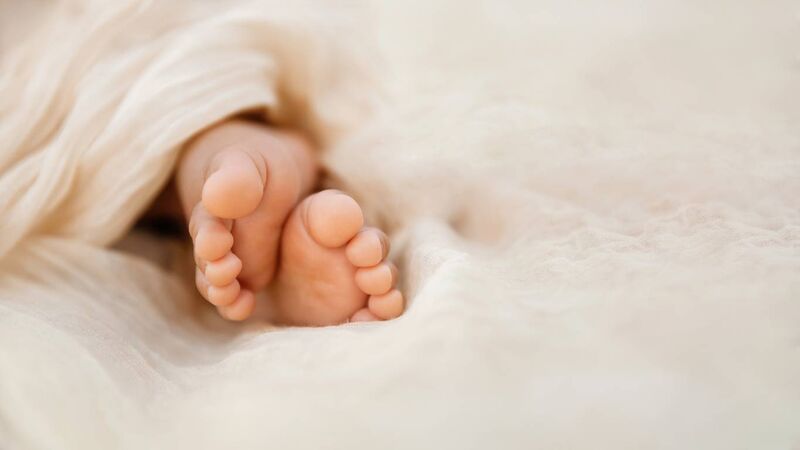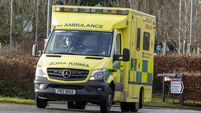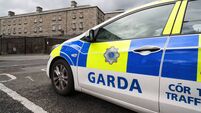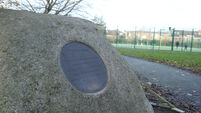Number of newborn deaths and injuries in hospitals rises fivefold over eight years

In total, there were 655 Serious Reportable Events (SREs) involving babies reported to the HSE in the last eight years. File photo
Five times more baby deaths and baby birth-related injuries were reported to the HSE in 2023 compared to 2016, new figures reveal.
A total of 18 maternity-related so-called “care management events” involving the babies were reported in 2016, compared to 94 in 2023.
The figures, released to the under Freedom of Information legislation, relate solely to near-term and term babies weighing more than 2,500g or 5.5lbs. In total, there were 655 Serious Reportable Events (SREs) involving babies reported to the HSE in the last eight years.
Although the latest annual figure is down from a peak of 153 in 2020, the steady rise in SREs from 2016 through to 2023 has been despite a 15% decline in Ireland's birth rate over the same period.
Due to the way deaths and injuries are categorised, it is not possible to say exactly how many SREs over the eight-year period involved a baby death and exactly how many involved a baby injury.
However, the statistics confirm two specific pieces of information about the SREs since 2016.
The first is that they involve at least 315 baby deaths, and of the babies who survived the SRE, the injury they suffered is described as “encephalopathy”, which is brain damage.
Due to the serious nature of the reports to the HSE, there is a requirement that they be investigated.
According to the HSE, it is “mandatory that investigations commence within 48 hours of (Maternity Units) becoming aware of the incident and that these investigations are completed within four months of commencing”.
However, although all SREs have to be reported on the National Incident Management System (NIMS), the HSE — as the revealed last year — does not actually keep a centralised record of SRE review outcomes.
As a result, it does not know how many of the SREs led to an investigation or review that resulted in a negative finding.
An explanatory note with the released FOIs also points out: “Following analysis by reporting organisations, it may be determined that no care issues occurred in the context of the reported incidents."
Asked if it is still the case that the HSE does not, as it admitted last summer, collate the results of SRE investigations, a HSE spokesperson said: "We have nothing further to add."
Safer Births Ireland, which advocates for safer maternity services, said: “These figures don't just show the HSE knows there is a problem, they also show a massive increase looking back over eight years.
“The new health minister needs to take a close look at what is going on here, especially as we know the HSE does not collate data centrally on SREs where there is a negative outcome.
“These figures are the first official confirmation that there is a bigger problem around baby deaths and injuries than the HSE has ever been prepared to admit."
Research fellow at the Centre for Health Evaluation, Methodology Research and Evidence Synthesis at University of Galway, Dr Jo Murphy-Lawless, a veteran campaigner for more transparency around maternity-related tragedies, said: "This increase in baby deaths within the same timeframe as a decline in the birth rate indicates the unworkable nature of the maternity services as currently structured."











